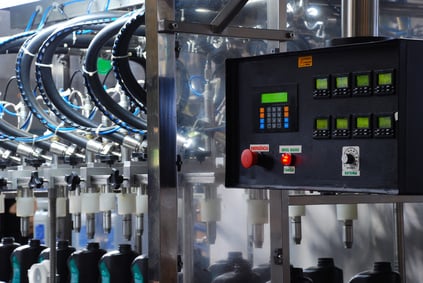This guest post is authored by Ned Espy, technical director at Beamex. This post was written in conjunction with a two-part ISA co-hosted webinar series on pressure instrumentation calibration. To watch Part 1 of the series, click this link. This post has been updated with the webinar recording.
https://www.youtube.com/watch?v=tmp0WDhNlCg&feature=youtu.be
As is the case most of the time, the instructor learns as much or more as the student about a topic due to the preparation work involved. In covering drum level applications, I have to say I have already have learned a lot and our presentation isn’t finished yet. There are so many details that must be considered to accurately test and calibrate a drum level transmitter – it is not just a simple vent the low side port and exercise the high to check the 4 to 20 mA output.
Consideration must be given to the types of connections, typically capillary isolation diaphragms (fill fluids, seal size, capillary tube diameter and installation issues are just some of the "gotchas"), venting on the low side can be a real issue, is there vapor at the top vs. liquid, the range is not zero-based (typically an odd negative pressure to an odd positive pressure), precise height estimates, complex engineering calculations, process temperature vs. ambient temperature during testing, and on and on.
I&E Technicians need to have a good understanding of their specific application. It is not unusual to involve a process control engineer to properly estimate calibration offsets via calculations dealing with specific gravity, temperature and more. Finally, after performing a calibration, it is critical to make some common sense checks to ensure proper measurements are being made.
Calibration of pressure instruments definitely involves not only an understanding of the basics, but experience with complex applications is needed.
In a typical process plant, more than 60 percent of instrument applications involve pressure. Pressure instrumentation maintenance is a critical and daily task, yet proper procedures for managing and calibrating these instruments are often overlooked or not understood. To watch Part 1 of this webinar series, click this link.
About the Author Ned Espy has been promoting calibration management with Beamex for almost 20 years. Today, Ned provides technical support to end users and the Beamex sales team in North America.
Ned Espy has been promoting calibration management with Beamex for almost 20 years. Today, Ned provides technical support to end users and the Beamex sales team in North America.




